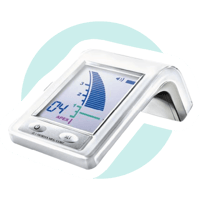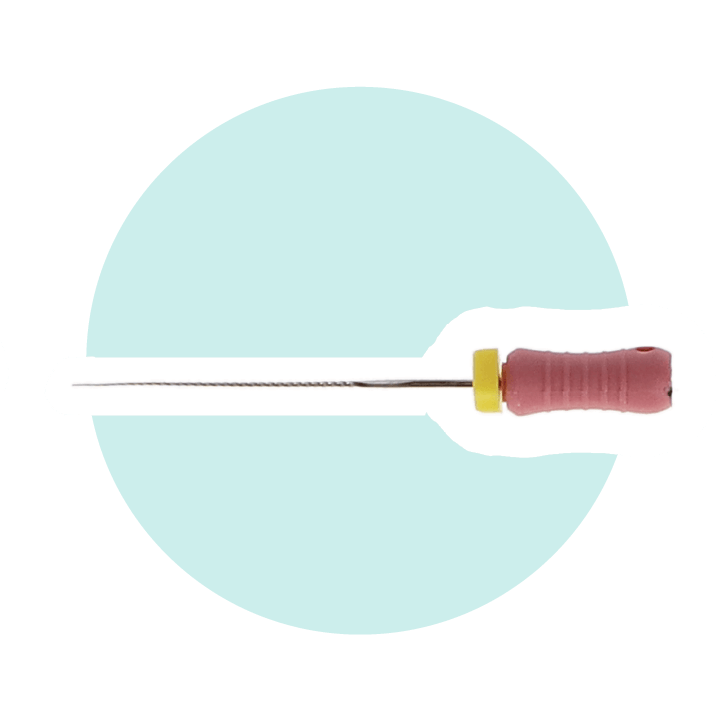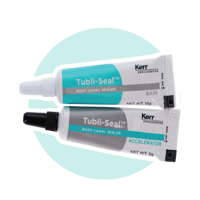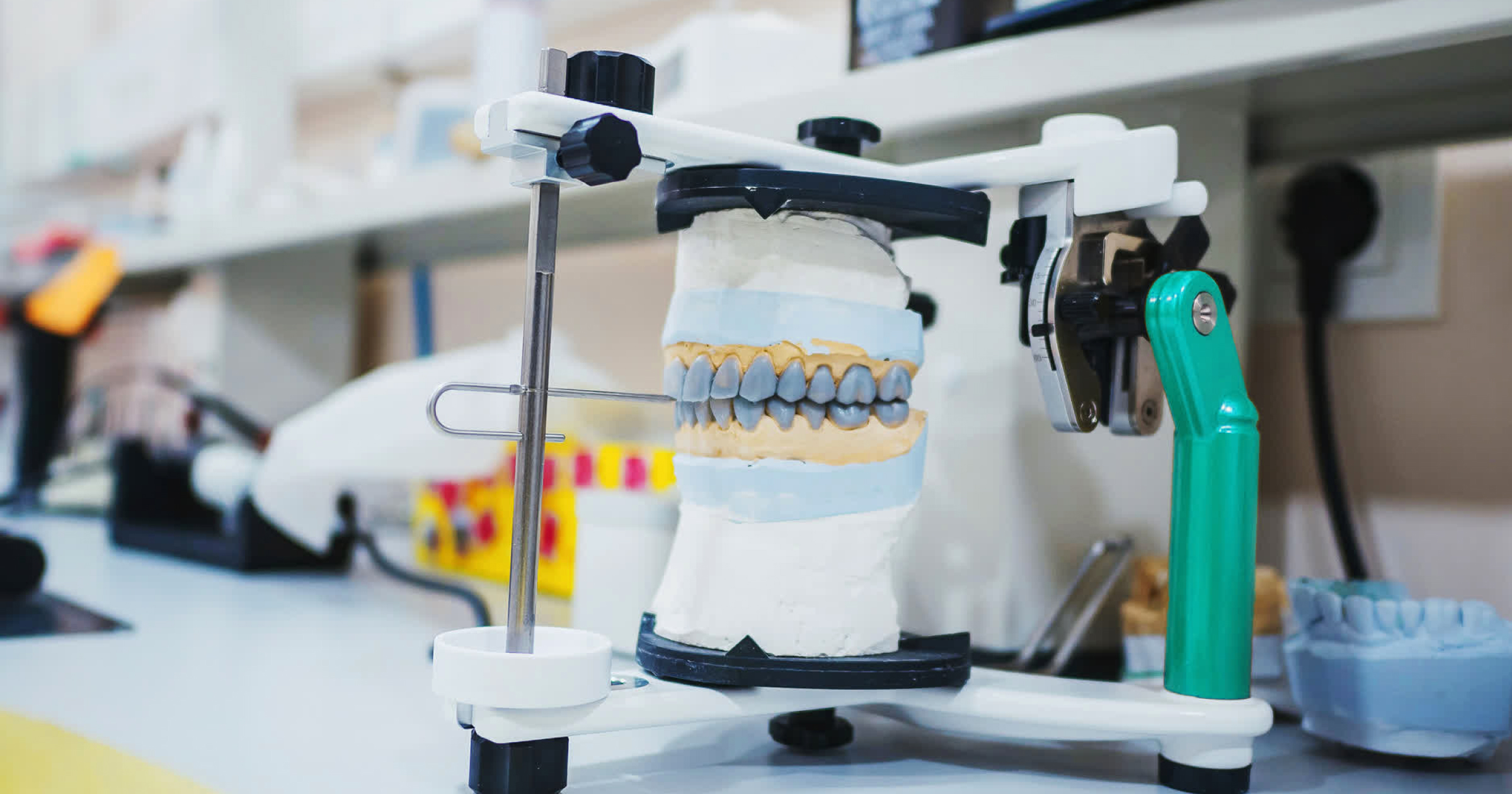Achieving better patient outcomes with advanced dental supplies and equipment.
Did you know? Over half of the world’s population has at least one tooth with root canal treatment. Endodontic therapy is widely practiced, saving decayed or damaged teeth, removing the associated pain and infection, and preserving smiles. But how has this treatment been enhanced over the years? How has it become more efficient?
The tools and equipment used to perform root canal treatment have a direct effect on patient outcomes. Precision equipment has helped revolutionize the efficiency and results of the procedure, which boasts a success rate as high as 98%.
This article will discuss the benefits and risks of root canal treatment and how the right tools can optimize efficiency and patient outcomes.
Root canal benefits and risks

There are several reasons why a patient might need root canal surgery, including deep decay, a cracked or chipped tooth, an issue with a crown, or simply having repeated work done on the same tooth. Any of these could cause pulp damage or infection that necessitates a root canal.
Root canal treatment takes away the pain and preserves the patient’s natural tooth by ensuring all damaged or infected pulp is removed from the canals, which are then disinfected, cleaned, shaped, and filled. For strength and stability, the filled tooth is topped with a crown that helps restore its natural shape and bite.
The positive results of a root canal last a lifetime. Yet despite its high success rate and predictable outcomes, as with any procedure, root canal treatment does have some risks. Certain factors can cause root canal failure. These can include malfunctioning instruments that leave behind tissue and bacteria, failure to clean and sterilize deep into the root’s tip, inadequate root filling or ill-fitting restorations, as well as missing a canal and leaving it untreated. While these complications are possible, they are also rare. Root canal surgery is one of the safest and most effective tooth-saving procedures performed today. Innovations in dental supplies and equipment are helping to advance the procedure even more.
How to improve endodontic efficiency and efficacy
Modern dental supplies, tools, and techniques are increasing the efficiency and efficacy of endodontic therapy. They provide enhanced precision and improved cleaning, disinfection, preparation, and sealing of pathways. They also help preserve tissue, save more of the natural tooth, and reduce chair time for increased patient comfort.

Apex locators and rotary files, for example, save time and help avoid complications by ensuring accurate measurement of the root canal and creating a clear, clean pathway. Today’s apex locators, such as the portable Root ZX Mini Apex Locator Set, provide precise guidance to the apex. Featuring a colour LCD monitoring screen, the Root ZX Mini provides clear visuals inside the root canal and audio signals to help safely and accurately determine the canal’s working length. Improving procedural efficiency and preserving tissue, the Root ZX Mini detects the location of the file in the canal with 97.5% accuracy in wet or dry conditions.

K-files and H-files also play key roles in the efficiency and efficacy of endodontic therapy. Typically used before rotary files, they assist in locating, shaping, and clearing canals. To efficiently clean and remove the smear layer, or debris and bacteria coating the canals, EDTA 17% Solution is also used. It effectively opens dentin tubules to enhance the disinfection process. It also helps decalcify the dentin to facilitate canal shaping and enlargement with files and reamers.

When it comes to sealing the canals, this Root Canal Sealant Kit improves efficiency with an easy two-paste system and a 1:1 mixing ratio. A formula that resists leakage and dimensional change, it also enables a working time of over 2.5 hours to ensure accurate and thorough canal sealing, even in multi-rooted teeth.
Conclusion: High-efficiency tools improve endodontic success rates and save patients’ smiles
For patients suffering with a painful, infected tooth, root canal treatment can restore quality of life and preserve the natural tooth structure. In this highly successful tooth-saving procedure, the right tools can drive efficiency, reduce risk, and optimize patient outcomes. Even more, they can shorten the time patients spend in the chair and bring back their healthy, happy smiles faster—with results that last a lifetime.




